Naranjilla Layering Info: Learn How To Layer Naranjilla Trees
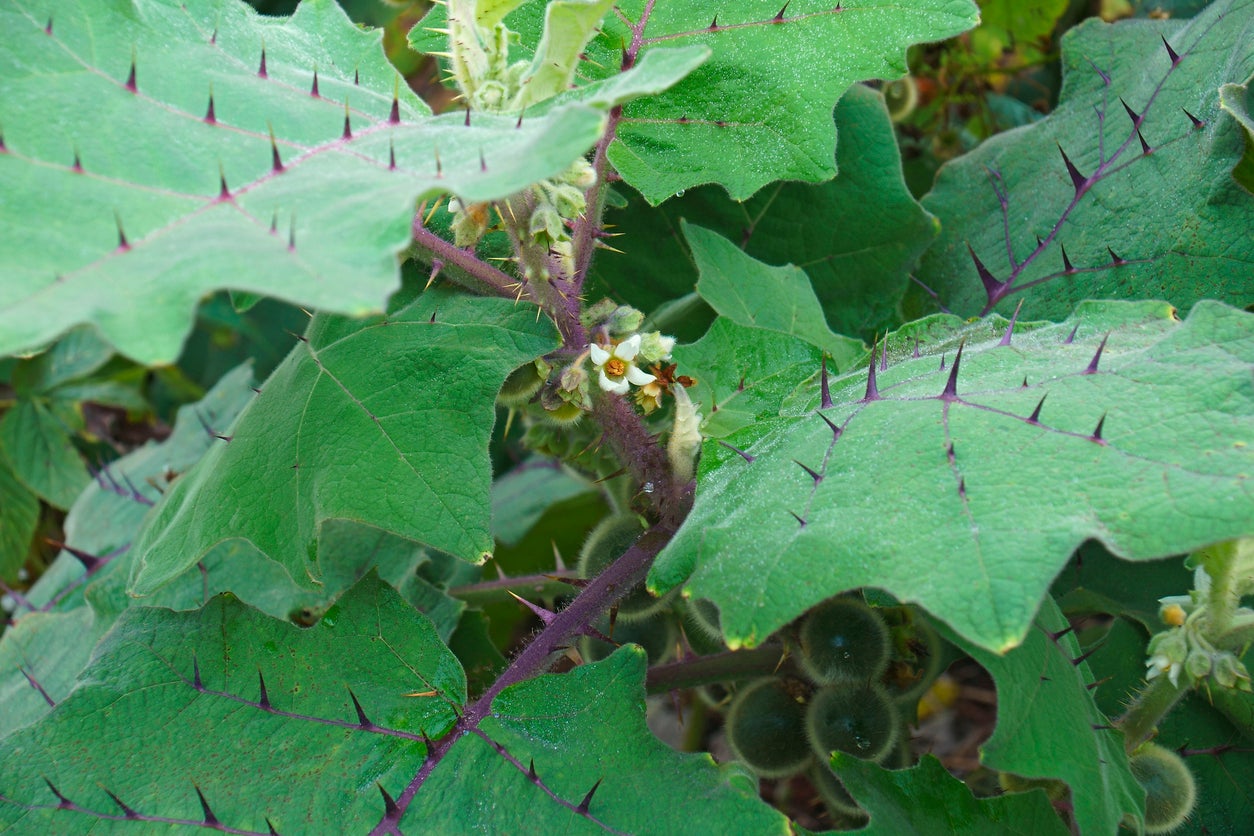

Native to the warm climates of South America, naranjilla (Solanum quitoense) is a thorny, spreading shrub that produces tropical blooms and small, orange fruit. Naranjilla is usually propagated by seed or cuttings, but you can also propagate naranjilla by layering.
Interested in learning how to layer naranjilla? Air layering, which involves rooting a naranjilla branch while it’s still attached to the parent plant, is surprisingly easy. Read on to learn about naranjilla air layering propagation.
Tips on Naranjilla Layering
Air layering naranjilla is possible any time of year, but rooting is best in early spring. Use a straight, healthy branch about one or two years old. Remove the side shoots and leaves.
Using a sharp, sterile knife, make an angled, upward cut about one-third to halfway through the stem, thus creating a “tongue” about 1 to 1.5 inches (2.5-4 cm.) long. Place a piece of toothpick or a small amount of sphagnum moss in the “tongue” to keep the cut open.
Alternatively, make two parallel cuts about 1 to 1.5 inches (2.5-4 cm.) apart. Carefully remove the ring of bark. Soak a fist-sized handful of sphagnum moss in a bowl of water, then squeeze out the excess. Treat the wounded area with powdered or gel rooting hormone, then pack damp sphagnum moss around the cut area so the entire wound is covered.
Cover the sphagnum moss with opaque plastic, such as a plastic grocery bag, to keep the moss moist. Make sure no moss is extending outside the plastic. Secure the plastic with string, twist-ties, or electrician’s tape, then cover the entire thing with aluminum foil.
Care While Air Layering Naranjilla
Remove the foil occasionally and check for roots. The branch may root in two or three months, or rooting may take as long as a year.
Gardening tips, videos, info and more delivered right to your inbox!
Sign up for the Gardening Know How newsletter today and receive a free copy of our e-book "How to Grow Delicious Tomatoes".
When you see a ball of roots around the branch, cut the branch from the parent plant below the root ball. Remove the plastic covering but don’t disturb the sphagnum moss.
Plant the rooted branch in a container filled with good quality potting mix. Cover the plastic for the first week to prevent loss of moisture.
Water lightly as needed. Don’t allow the potting mix to dry out.
Put the pot in light shade until the new roots are well developed, which usually takes a couple of years. At that point, the new naranjilla is ready for its permanent home.

A Credentialed Garden Writer, Mary H. Dyer was with Gardening Know How in the very beginning, publishing articles as early as 2007.
-
 Looking For Plants To Give You The Soft And Fuzzies? Try These 5 Fuzzy Leaf Plant Options
Looking For Plants To Give You The Soft And Fuzzies? Try These 5 Fuzzy Leaf Plant OptionsLovers of texture, drama, silver foliage and tactile plants will adore these special sensory garden additions. These fuzzy leaf plant options will leave you all aglow
By Susan Albert
-
 Get Ready For A Summer Of Hummers! Grow These Full Sun Hummingbird Plants and Flowers
Get Ready For A Summer Of Hummers! Grow These Full Sun Hummingbird Plants and FlowersIf you’re lucky enough to enjoy a sunny backyard, make sure you are maxing out on your pollinator opportunities and grow these full sun hummingbird plants and flowers
By Tonya Barnett
-
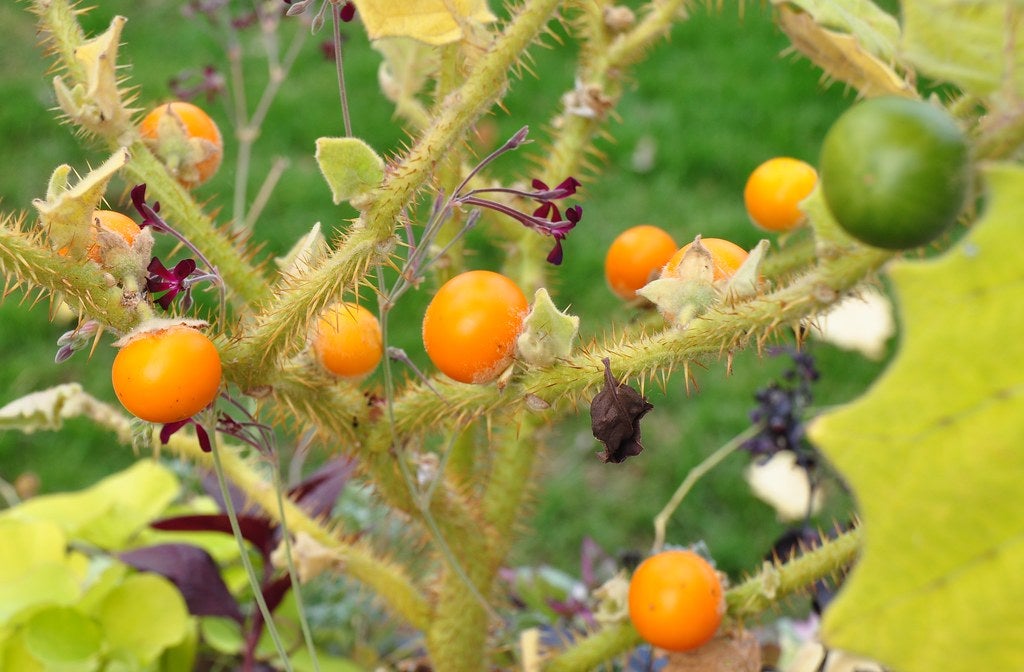 Naranjilla Pest Problems: What Are Common Naranjilla Pests
Naranjilla Pest Problems: What Are Common Naranjilla PestsThe naranjilla plant is a tough little tree, but it occasionally gets attacked by naranjilla pests, notably the root knot nematode. For information about naranjilla pest problems, including a list of bugs that eat naranjilla, this article can help.
By Teo Spengler
-
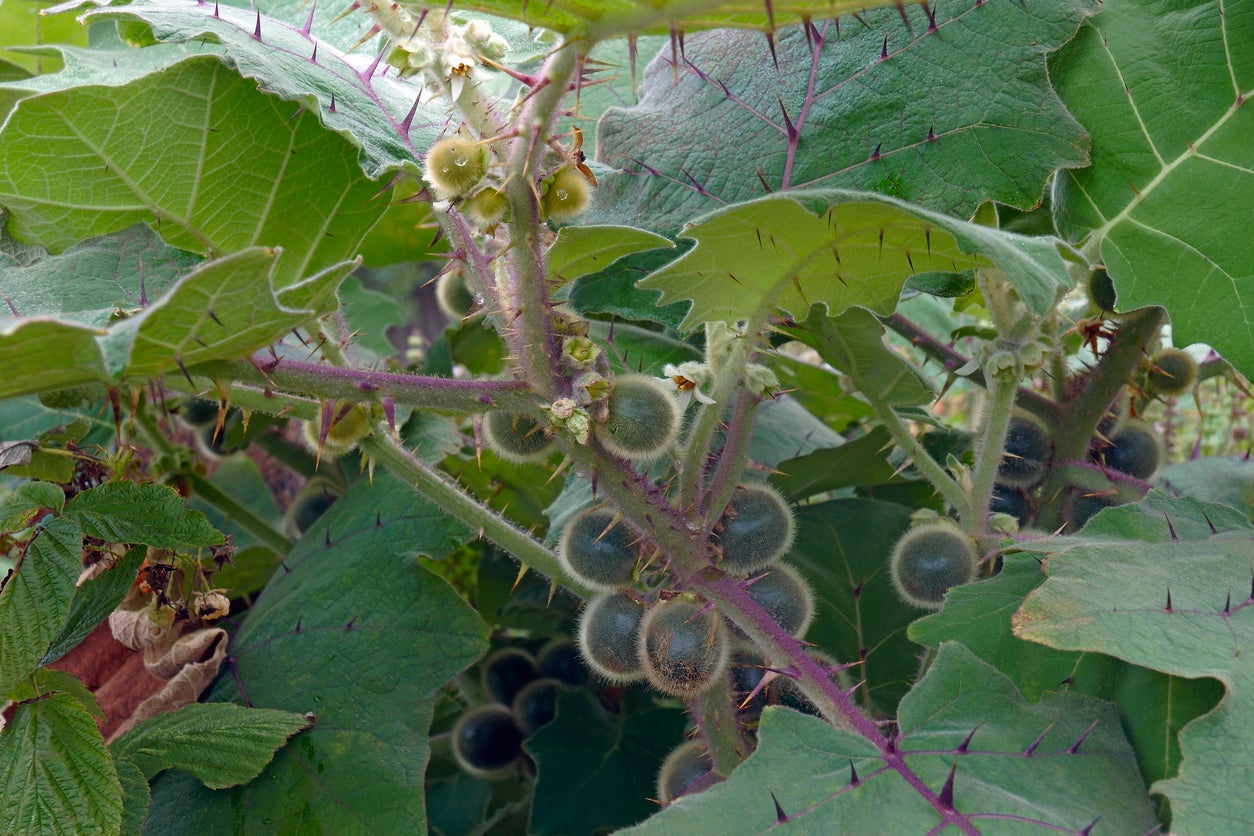 Naranjilla Propagation: Tips For Growing New Naranjilla Trees
Naranjilla Propagation: Tips For Growing New Naranjilla TreesA common name of “little orange” might lead one to think naranjilla is a citrus, but it is not. However, the taste is similar to a tart pineapple or lemon. If you want to grow this unusual specimen or have one and wish for more, learn how to propagate naranjilla here.
By Becca Badgett
-
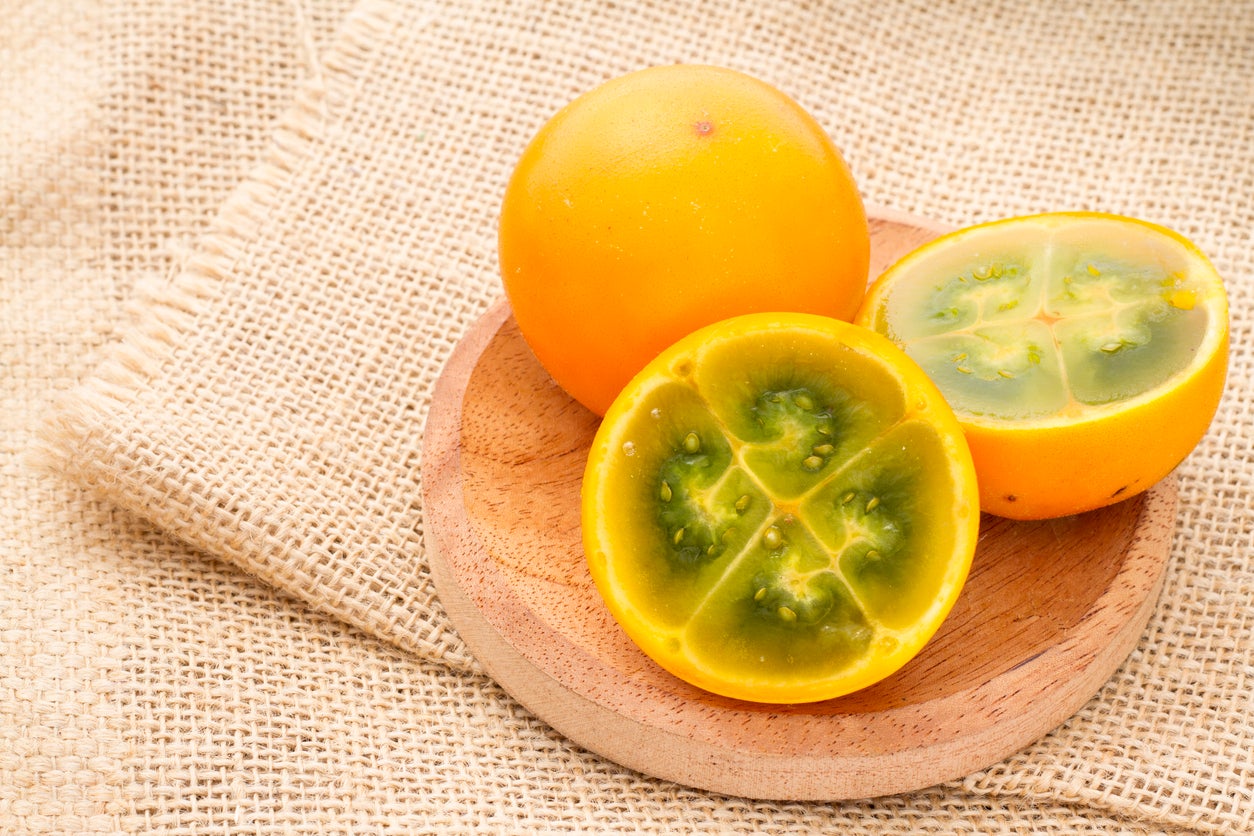 Picking Naranjilla Fruits: Tips For Harvesting Naranjilla
Picking Naranjilla Fruits: Tips For Harvesting NaranjillaNaranjilla fruit tends to be flavorless and unpleasant when unripe. However, it can be tangy and delicious if naranjilla harvest occurs at the optimum point of ripeness. So, how to you know when to harvest naranjilla? Learn more about harvesting this interesting fruit here.
By Mary H. Dyer
-
 Naranjilla Seed Propagation – Learn How To Grow Naranjilla From Seed
Naranjilla Seed Propagation – Learn How To Grow Naranjilla From SeedIt’s a lot of fun to bring naranjilla into your garden, and inexpensive too, since you can easily grow naranjilla from seed. Click this article for information about naranjilla seed germination as well as tips for propagating naranjilla seeds.
By Teo Spengler
-
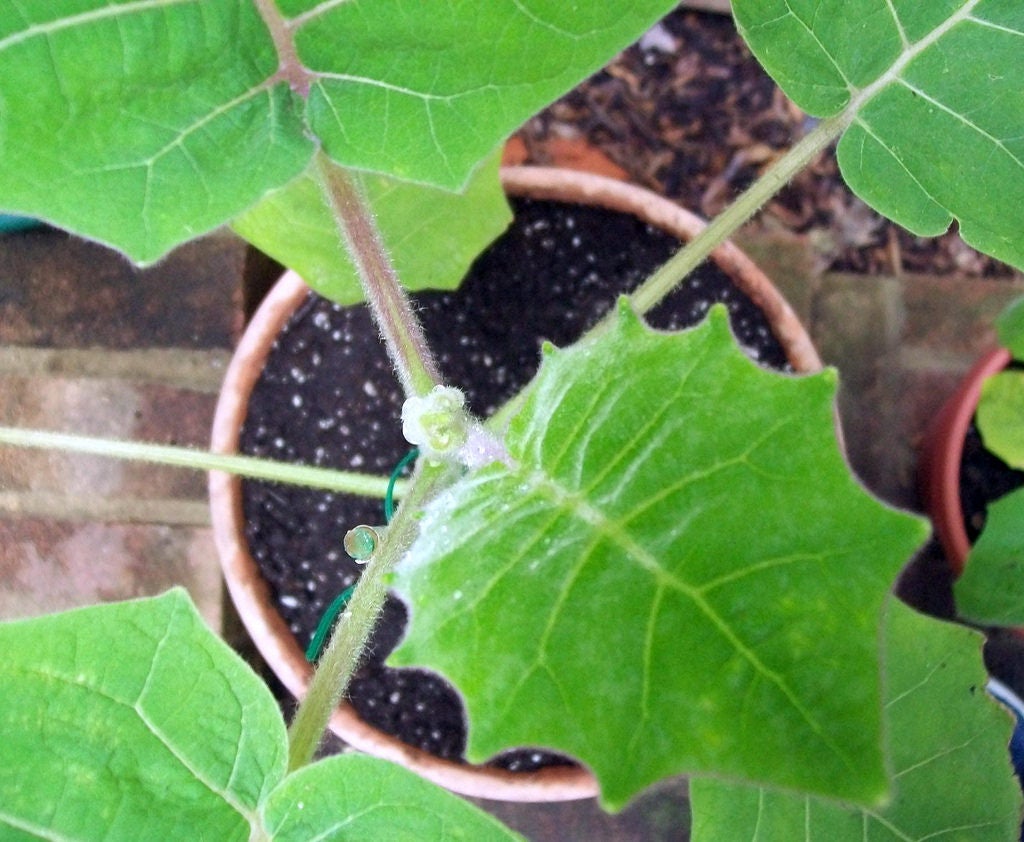 Growing Naranjilla From Cuttings – How To Root Naranjilla Cuttings
Growing Naranjilla From Cuttings – How To Root Naranjilla CuttingsCan you grow naranjilla from cuttings? Yes, you sure can, and it’s not all that difficult. Click on the following article to learn about naranjilla cutting propagation and growing naranjilla from cuttings.
By Mary H. Dyer
-
 Eating Naranjilla – Learn How To Use Naranjilla Fruit
Eating Naranjilla – Learn How To Use Naranjilla FruitNaranjilla is indigenous to Colombia, Ecuador, Peru and Venezuela. If visiting these countries, it is highly recommended that you try eating it. Each culture has a different way of using naranjilla fruit; all are delicious. How do the locals use naranjilla? Find out here.
By Amy Grant
-
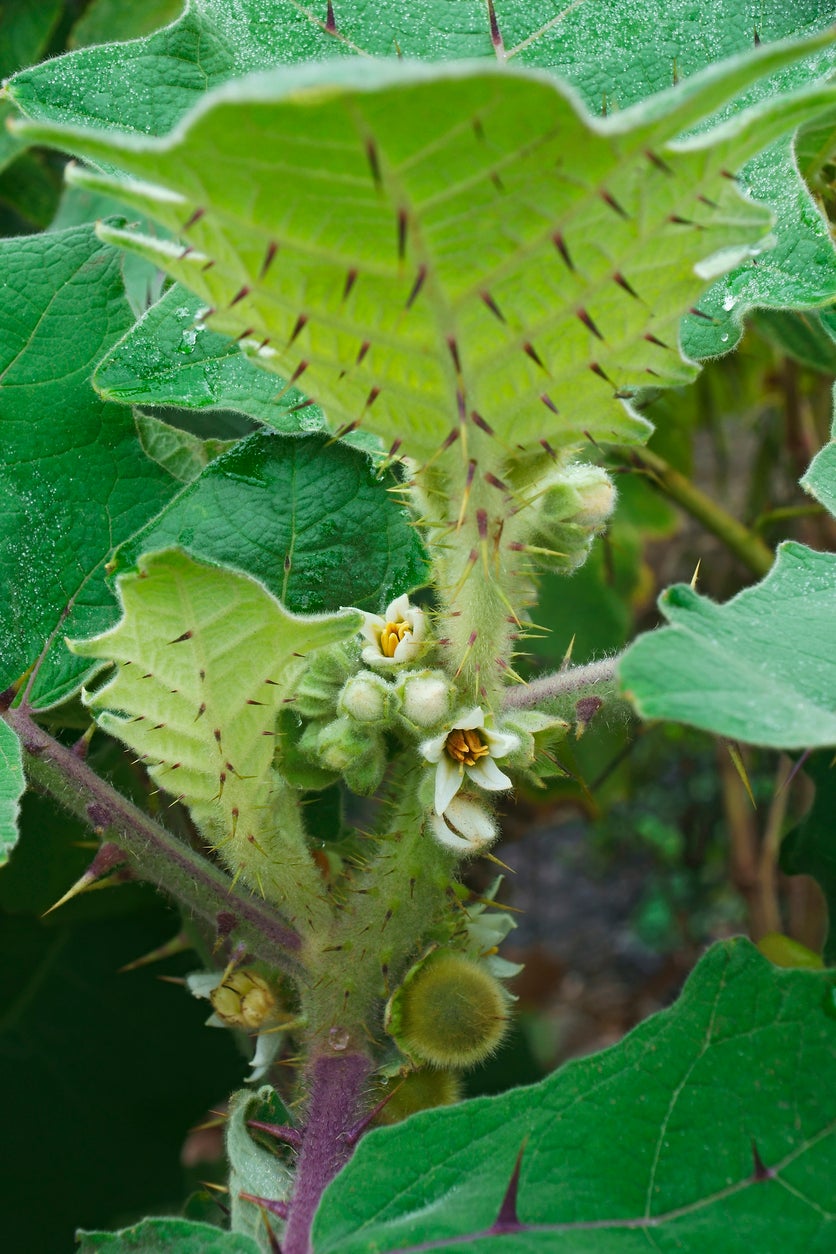 Kinds Of Naranjilla Fruit: Are There Different Varieties Of Naranjilla
Kinds Of Naranjilla Fruit: Are There Different Varieties Of NaranjillaThere are three naranjilla varieties: spineless types of naranjilla cultivated in Ecuador, spined varieties of naranjilla grown primarily in Colombia and another type called baquicha. The following article discusses the three different naranjilla varieties.
By Amy Grant
-
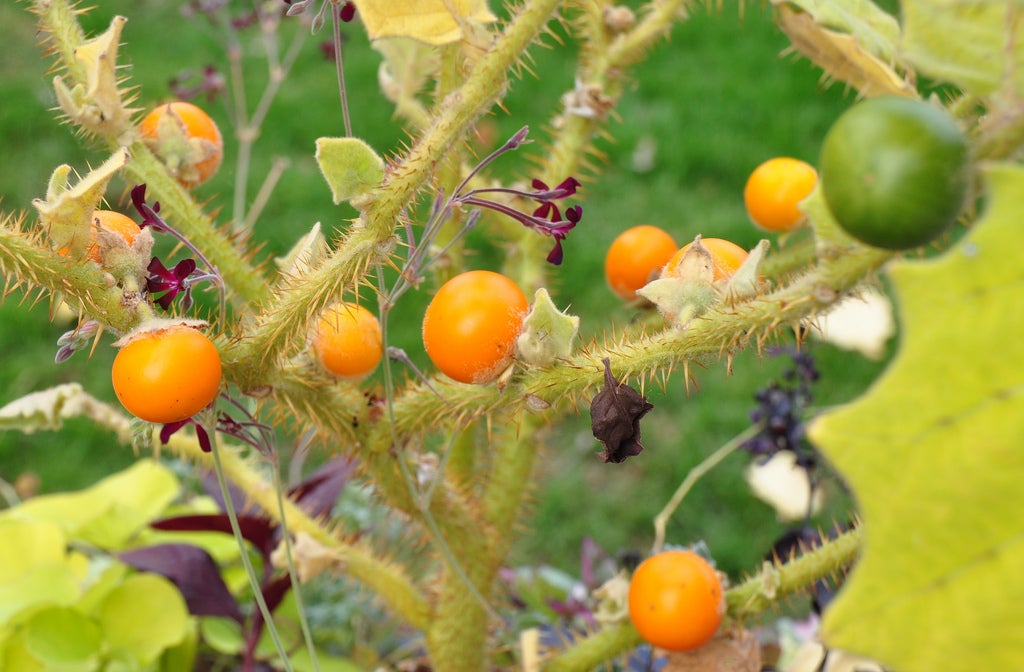 Naranjilla Disease Problems: How To Treat Sick Naranjilla Trees
Naranjilla Disease Problems: How To Treat Sick Naranjilla TreesNaranjilla is a fun subtropical shrub to grow in the home garden. But, if your shrub is showing signs of disease, it could die. Know the common diseases of naranjilla and how to handle them. This article will help get you started.
By Mary Ellen Ellis